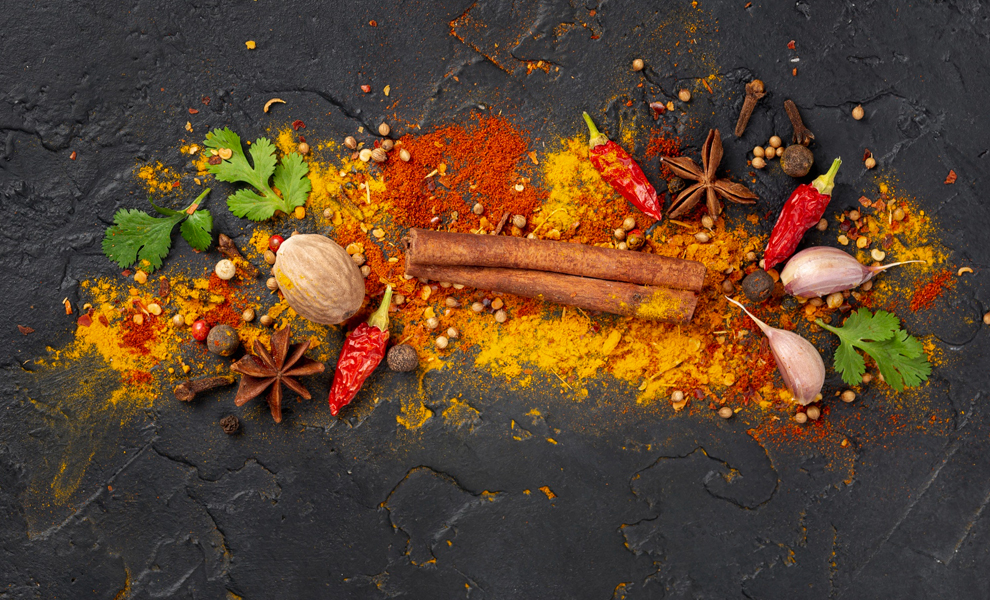
Start by sourcing Premium-Quality Fenugreek Leaves (Methi) from reputable suppliers for Narayani Spices. Ensure the leaves are fresh and adhere to high-quality standards to ensure the excellence of the final product. Perform detailed inspections to confirm the absence of contaminants and pests, guaranteeing top-notch starting materials for production.
1. Raw Material Sourcing:
Selection: Source high-quality fenugreek leaves (Methi) from reliable suppliers. The leaves should be fresh and free from any signs of disease or pest damage.
Inspection: Conduct a thorough inspection to ensure that the raw fenugreek leaves meet the quality standards and are suitable for processing.
2. Cleaning and Sorting:
Cleaning: Rinse the fenugreek leaves in clean water to remove any dirt, dust, or pesticide residues. This step is crucial to ensure the leaves are hygienic.
Sorting: Sort the cleaned leaves to eliminate any foreign materials, such as stems or damaged leaves. This can be done manually or using sorting machines.
3. Blanching (Optional):
Blanching: Briefly immerse the fenugreek leaves in hot water for a short period to preserve their color and flavor. This step is optional and depends on the desired end product.
Cooling: Immediately transfer the blanched leaves to cold water to stop the cooking process and maintain their quality.
4. Drying:
Air Drying: Spread the cleaned leaves evenly on drying racks or trays in a well-ventilated area. Ensure proper air circulation to prevent clumping and ensure even drying.
Machine Drying: Use industrial drying machines or dehydrators to speed up the drying process. Maintain appropriate temperature and humidity levels to preserve the leaves’ flavor and essential oils.
5. Grinding:
Grinding: Once the leaves are fully dried, use industrial grinders to crush them into a fine powder. This step converts the dried fenugreek leaves into Kasuri Methi.
Sifting: Sift the powdered Kasuri Methi to ensure a uniform texture and remove any larger particles or impurities.
6. Quality Control:
Inspection: Perform quality checks on the powdered Kasuri Methi to ensure it meets the required flavor, color, and texture standards.
Testing: Conduct tests for any contaminants or residues, including pesticide levels and microbiological testing, to comply with food safety regulations.
7. Packaging:
Filling: Transfer the powdered Kasuri Methi into clean, dry packaging materials such as pouches, bags, or containers. Automated filling machines may be used for efficiency.
Sealing: Seal the packages using heat sealers or other suitable methods to maintain freshness and prevent contamination.
Labeling: Label each package with essential information, including the product name, ingredients, nutritional facts, expiration date, and manufacturer details.
8. Storage and Distribution:
Storage: Store the packaged Kasuri Methi in a cool, dry place to preserve its quality and shelf life. Proper storage conditions are essential to prevent moisture and contamination.
Distribution: Prepare the products for distribution to retailers or customers, ensuring that they are handled carefully to avoid damage during transportation.
9. Cleaning and Maintenance:
Cleaning: After the production run, clean and sanitize all equipment and work areas to prevent cross-contamination and maintain a hygienic environment.
Maintenance: Perform regular maintenance on machinery and equipment to ensure they are functioning correctly and efficiently.
This comprehensive process ensures that Kasuri Methi is produced with high standards of quality and safety, resulting in a flavorful and aromatic product for consumers.


